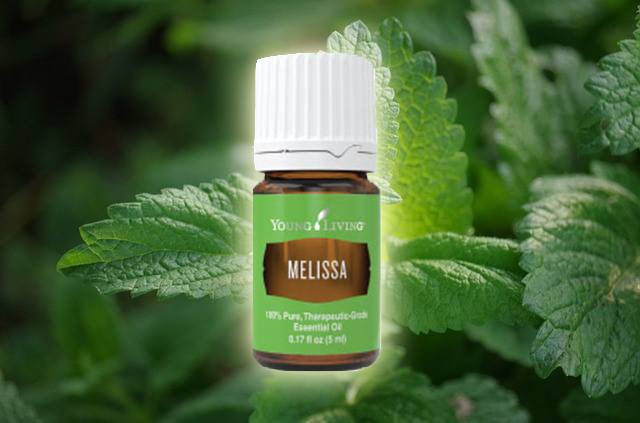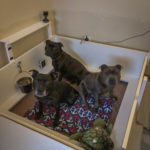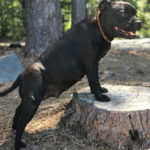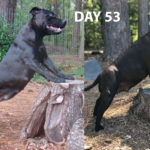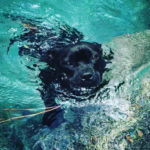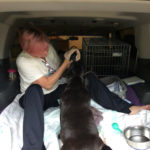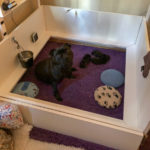25 USES & BENEFITS OF THE MELISSA ESSENTIAL OIL
I truly believe in the benefits of using essential oils in our everyday life. I have been a distributer with Young Living for over ten years (#1166695). I tried other brands but always came back to Young Living. Recently I saw a post where a couple of people were laughing at those of us who believe in and use EO’s and compared us to those who believe in Santa Claus. To those people I say – believe in whatever works for you but don’t make fun of those with differing beliefs from your own..
Melissa essential oil is one of the most costly oils available and for good reason. Commonly known as balm or lemon balm (as well as bee balm and sweet balm), melissa is a hardy herbaceous perennial native to southern Europe. It was introduced to northern Europe by the Romans. It has wrinkled and toothed, pale-green, nettle-like leaves, with tiny white flowers in June and July. The whole plant is fragrant, with a strong lemony smell. It makes a good garden plant, but it also grows wild in Europe, carpeting fields and woods, particularly around Angers in France. The name melissa derives from the Greek word for bee because the plant is irresistible to bees and has been grown for this purpose for centuries.
The plants are harvested in France in May or June just before the first flowers appear for the aroma is less interesting when the plant is in bloom. The oil is steam distilled from the melissa leaves and tops, and is pale yellow with an agreeable and subtle, warm, lemony aroma. Melissa oil is not common and it is very expensive because 7 tonnes are needed to produce 1 kg (21/4 lb) oil. It is very special.
The principal constituents: Citral, citronellol (responsible for the lemony smell), geraniol, limonene, linalool and pinene.
The expense of manufacturing melissa oil leads to falsification, usually with citrus oils or lemongrass (itself sometimes called melissa grass). As a result, you should buy melissa very carefully, as the remedy is more or less useless if the oil is not pure. Melissa is often confused with citronella. I recommend only buying from Young Living.
The oil is classified in France as a ‘stupifiant’ (narcotic), thus great care must be taken with its use. Research in the nineteenth century by Cadeac and Meunier revealed that the oil taken internally without food could provoke most unpleasant reactions – severe headache, sudden low blood pressure, and difficulty in breathing. Melissa oil must be administered extremely carefully, especially so with children, and I do not advise its use by non-practitioners. Personally, I use it as a diffused inhalant or very diluted in a roller. A little goes a very very long way!
Allergies
Add 1 drop of Melissa essential oil with 1 drop Lavender and 1 drop Peppermint to several ounces of water, swish around in the mouth and swallow (only if using a brand suitable for internal use). Or apply this formula to the bottom of your feet.
Anxiety
Melissa essential Oil is a mild sedative in small doses, and believed to calm anxiety. Place a drop in your palm, rub between your hands, cup over your nose and mouth and breathe slowly for up to 30 seconds or more.
Bacterial Infections
If possible, apply 1 drop over the infected area or massage on the foot reflex points.
Bronchitis
Massage 1 drop onto the throat and chest up to 3x a day, or work into the reflex points of the feet.
Calming
Place a drop of Melissa in your palms, rub between your hands, cup over your nose and mouth and breathe slowly for up to 30 seconds or more.
Cold
Massage 1-2 drops onto the feet or over any symptomatic area.
Cold Sores
Such a great use for melissa essential oil! Dab a small amount directly on the area as soon as you feel a cold sore coming on, and repeat several times throughout the day.
Coughs
Massage 1 drop into the throat and chest up to 3x a day, or work into the reflex points of the feet.
Dementia
A recent study quoted in the Journal of Complimentary Medicine showed that Melissa Essential oil is a safe and effective treatment for the management of agitation in severe dementia. Place a drop of Melissa in your palms, rub between your hands, cup over your nose and mouth and breathe slowly for up to 30 seconds or more. Do this as often as needed for aggravation.
Depression
Place a drop of Melissa essential oil in your palms, rub between your hands, cup over your nose and mouth and breathe slowly for up to 30 seconds or more. Do this daily or as desired.
Eczema
Dilute 1 drop of Melissa essential oil with 3-4 drops of carrier oil and apply a small amount of the area 1-3 times a day.
Emotional Support
Massage 1 drop over the solar plexus and heart. It is a mild sedative in small doses, and believed to calm anxiety.
Energy
Inhale 1 drop from the palms of your hands for a pick-me-up, or diffuse throughout the room. Alternatively, you can mix 2 drops Melissa essential oil with 4 drops Wild Orange and 1 tablespoon carrier oil to gently rub onto the bottom of your feet or wherever it feels soothing.
Flu
Massage 1-2 drops into the reflex points of the feet or over any symptomatic area.
Hand-Foot-Mouth Disease
Dilute 1 drop of Melissa Oil with 3-4 drops of a carrier oil and massage a small amount over any symptomatic area, or the reflex points of the feet.
Headaches and Migranes
Add 2 drops Melissa to 1 teaspoon carrier oil and apply to forehead, temples, or neck.
Herpes
Only one drop is needed on lesions to promote remission… a doctor at the Technical University of Munich reported that application on Melissa Oil caused a complete remission of Herpes Simplex lesions. Place a small amount (up to 1 drop) directly on any outbreak 3x a day, and/or use for ongoing support.
Hopelessness
Massage 1 drop over the solar plexus, heart, or brow. Diffuse throughout the day.
Hypertension
Inhale from the bottle 3 or more times a day, or use melissa topically over any symptomatic area.
Indigestion
Mix together 4 drops Melissa, 4 drops Grapefruit, 2 drops Peppermint and 1 tablespoon carrier oil to massage onto abdomen, using clockwise strokes.
Overwhelm
Inhale directly from the bottle, or massage 1 drop over the solar plexus, heart, or brow.
PMS
Massage onto bottom of feet or onto abdomen. You can also mix together formula 4 drops Bergamot, 4 drops Fennel, 3 drops Melissa 1 tablespoon carrier oil and add to a warm/hot bath. Relax and enjoy until the water cools.
Skin Issues
Use a single drop of the Melissa essential oil over the issue (I would recommend diluting with a carrier oil) 1-3x a day.
Stomach Issues
Melissa soothes stomach, tones it up and strengthens it. It helps heal the wounds, scratches or ulcers in the stomach, maintains proper flow of gastric juices and bile into the stomach and also protects it from infections. Use a drop over the abdomen (I would recommend diluting with a carrier oil) and massage using clockwise strokes 1-3x a day.
Stress
Place a drop of melissa oil in your palm, rub between your hands, cup over your nose and mouth, and breathe slowly for up to 30 seconds or more. Do this daily or as desired.
Vertigo
Inhale directly from the bottle as needed, or apply a small amount over the forehead.
Viral Infections
Apply one drop of melissa essential oil over the infected area or massage onto the feet 3x a day.
Warts
Place 1 drop (or less by dabbing a q-tip on the top of your dropper bottle) directly on the wart 1-2x a day until it falls off.



